In this blog post, we are going to have a look at how you can organize and manage Azure Arc enabled Servers running on-premises or at other cloud providers, using Azure as a single control plane. But before we start with that let’s first have a look at how customers are using Azure Resource Manager to manage their Azure resources today. To organize and manage Azure resources and services like virtual machines, web apps, databases, storage, and much more in Microsoft Azure, we are using Azure Resource Manager. Azure Resource Manager (ARM) is the deployment and management service for Microsoft Azure. ARM provides a management layer that enables you to create, update, and delete resources in Azure, and you can use management features, like access control, locks, and tags, to secure and organize your resources after deployment. So when we are using tools like the Azure portal, Azure PowerShell, Azure CLI, SDKs, and APIs, to manage our Azure resource we are basically interacting with Azure Resource Manager.
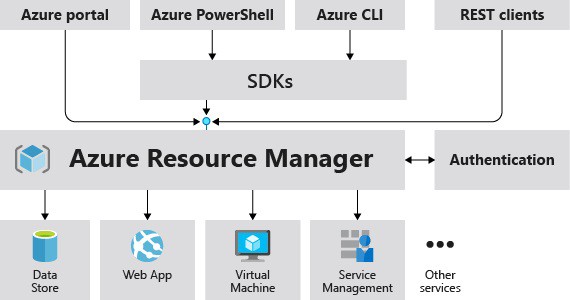
Azure Resource Manager Management Overview (Source: Microsoft)
Azure Resource Manager provides us with the logic and scope to manage and organize Azure resources like management groups, subscriptions, resource groups, and resources.
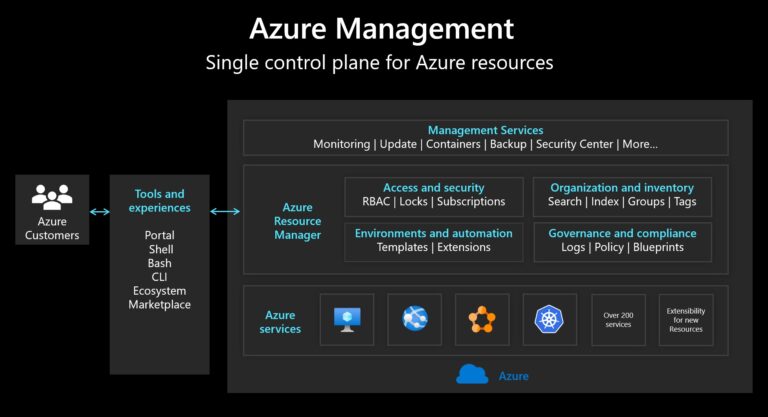
Azure Management – Single control plane for Azure resources
Now many of our customers said, that ARM is a great way to manage Azure resources, but how about resources that are deployed outside of Azure, in on-premises datacenters, branch offices, factories, or even at other cloud providers? With Azure Arc, they can now onboard services like servers, Kubernetes clusters, databases, and more, and use Azure as a single control plane to manage and organize these resources. Azure Arc extends the Azure Resource Manager and Azure Management capabilities for resources outside of Azure.
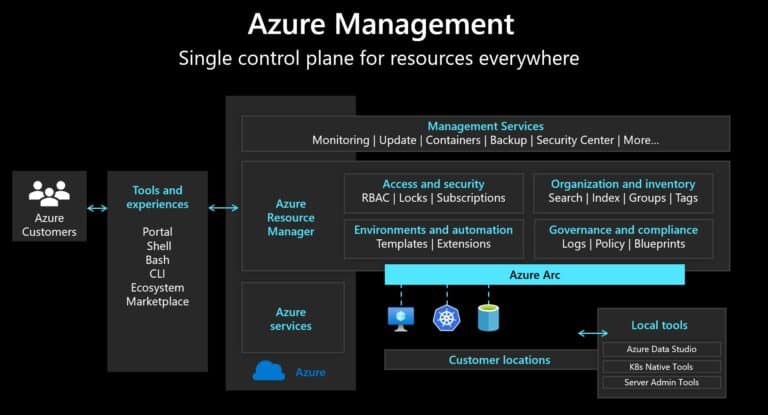
Azure Management – Single control plane for resources everywhere using Azure Arc
You can onboard Linux and Windows Servers using the Azure Arc Center in the Azure portal. Here you can also get an overview of all your Azure Arc resources.
You can also find the Azure Arc enabled servers like any other Azure resources on the all resources page. This allows you to get an inventory of all your servers in your environment.
You can see that your Azure Arc enabled servers to show up as Azure resources. You can use the filter to limit the view to only Azure virtual machines (VMs), and Azure Arc enabled servers.
You can also use tags, locks, and RBAC (role-based access control) to organize and manage these resources. This makes it easy to for example list all your servers from a spesific department, project, or cost center.
Azure Arc is not only limited to the Azure portal, but you can also use the Azure APIs, CLI, PowerShell, and the Azure Resource Graph to manage your Azure Arc machines.
I hope this gives you a very quick overview of how you can use Azure Arc enabled Servers to get a glimpse of all your hybrid servers running on-premises, at the edge, and even at other cloud providers. If you want to learn more about Azure Arc and the management capabilities, check out my blogs about Azure Arc, like Azure Arc Enabled Servers Extension Management and many more. Also, make sure you check out the official Azure Arc enabled servers documentation on Microsoft Docs.
If you have any questions, feel free to leave a comment.
Tags: ARM, Azure, Azure Arc, Azure Resource Manager, Cloud, Hybrid, Hybrid Cloud, Inventory, Manage, Management, Microsoft, Microsoft Azure, Organize, Server Last modified: November 24, 2020
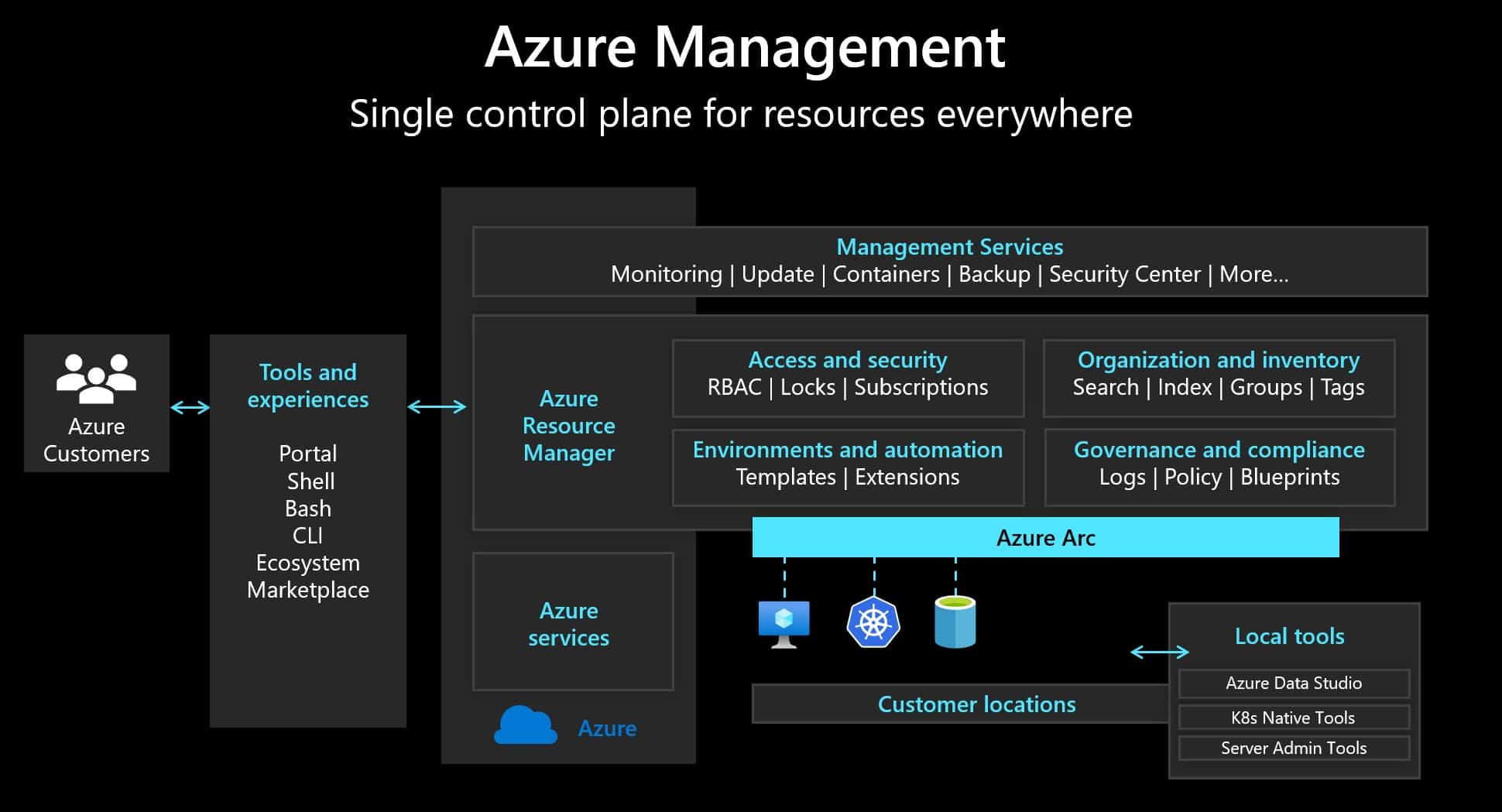
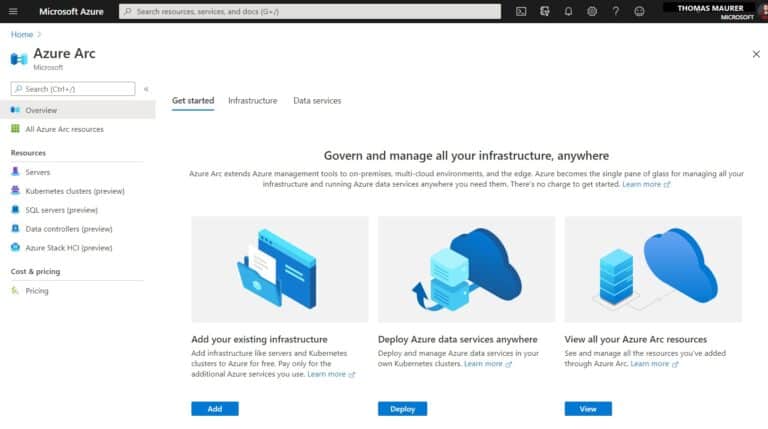
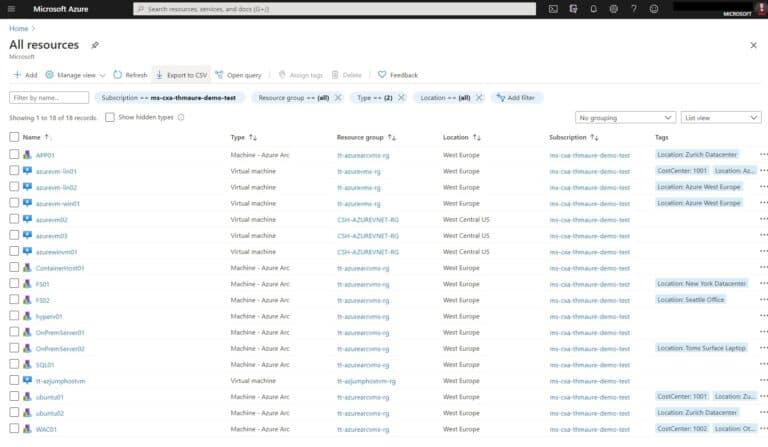
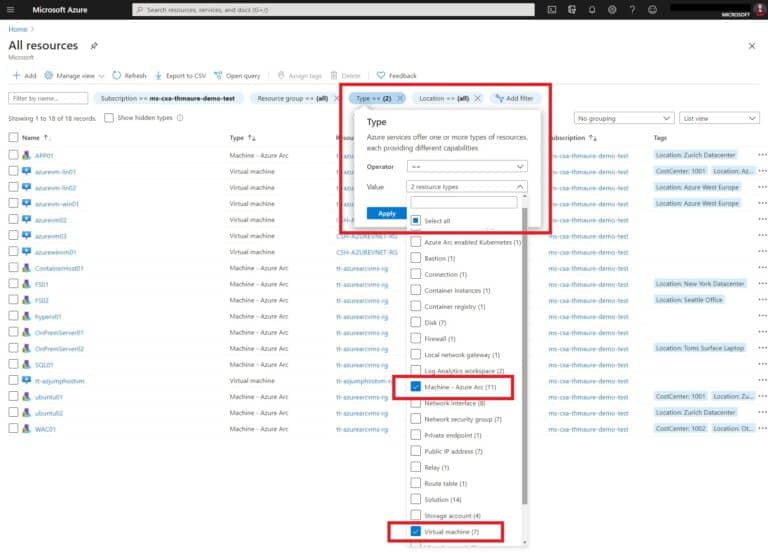
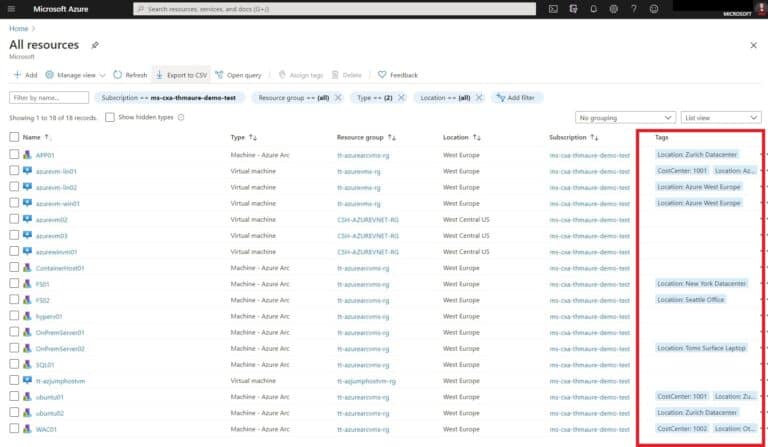











[…] Organize Azure Arc enabled Servers via Thomas Maurer […]